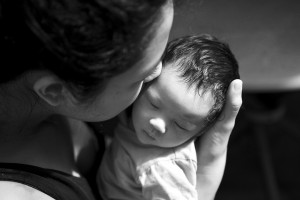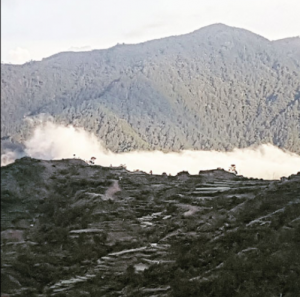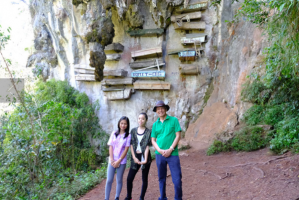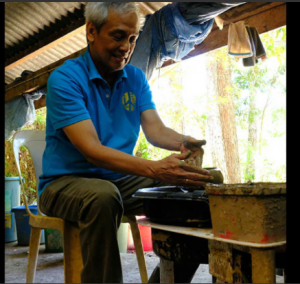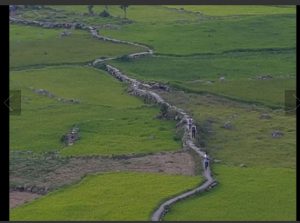HUMMING IN MY UNIVERSE By Jim Paredes (The Philippine Star) | Updated May 28, 2017 – 12:00am
More and more, I realize how important it is NOT to engage too much in distractions like television and social media. In fact, it is good to divest and let go of a lot of what society and modern life are asking from us. I am speaking of the need to acquire or own “the latest,” the “new and improved,” the “best” whatever. It means ignoring the impulse to buy, or subscribe to the call to consume, own, possess, or be attached to material things.
Simplicity. The basic stuff. That’s what I aim for when I feel the world controls too much of me. I clear out stuff I don’t need or use anymore, like clothes I haven’t worn for more than a year, the exercise machines I stopped using that I keep under the bed, even files and photos on my computer which I haven’t opened for some time. I also let go of trying to be fashionable and cool, and the need to conform. I basically try to live with less.
The world can be so attractive and alluring. It is so easy for a person to be convinced he/she needs something to be happy or fulfilled. I try to fight that mindset and go inward instead of listening to the world.
What I find inward when I am full-on present is a feeling of completeness. I don’t need anything. I have everything I need. I am my own source of strength, fire and inspiration. My sacred space is not a geographical area but rather a state of mind and spirit. I am here where I am meant to be.
During such moments, the world can move on and I do not care if I am left behind. Being alone is fine and even wonderful. It is a very special moment yet it feels very familiar. It is as if it is our most natural state that we have forgotten.
There are times as an artist when I feel I am in my zone, like I am in my true element. I am in a flow. This is the same feeling, except that I am not doing music. I am not doing anything. I am only being.
In everyday life, I do not always crave certain types of food. Sure, I have my favorite dishes and I enjoy them. If I can’t have them, I do not make a big fuss. I literally eat what is available or what is served at the table. And whatever it is, I find comfort in it. I am thankful I am eating.
When I shop for clothes, I do not buy branded or fashionable styles. I go primarily for comfort. I do not like spending too much on myself. I have some clothes I have been wearing for more than 10 years. And that is just fine.
I do not like feeling entitled because I am a relatively familiar public person. I am aware that life has its disappointments. Just like everyone else, I must manage expectations all the time.
I am always dealing with ego issues. And that is the hardest thing. Ego is hard to kill and when you do, it manages to resurrect in full force. But sometimes I am successful. I can readily stand to be corrected when I am wrong. I have no problem with that. I can face opposition to views I hold. I do not take it personally. I can listen to criticism and not feel diminished by it. But I will not waste time with people of ill intent on social media. Life is too short to try and push my point of view or find the rhyme and reason in what they are saying. I just block them. When I am asked how I should be introduced during a talk, which is what I often do now, I say to just introduce me as an artist, or however they want. I am not big on titles, or bragging about achievements. Many times, I feel overrated and uncomfortable when I am introduced glowingly. I feel like I am attending my own funeral.
What I like is sharing my experiences and the little knowledge I have and getting people’s reactions. I go for “aha” moments, which I try to give my audience, and the reactions they elicit in me.
I am a performer whose career peaked years ago. I can accept not having as strong a presence on the radar screen as my group had during our heyday. When we do perform, I enjoy it more now because it does not happen as often as it used to. I am aware that fame, wealth and influence are fleeting. It is as it is. That’s the way of the world. And I find comfort in not having to act the way famous people are expected to. I just engage people as the person that I am.
It is not so much about rejecting the world, although more and more, to be real and whole persons, we must often say no to it. As the Bible puts it, “Be in the world, but not of it.”
It is a good mantra to remember.

